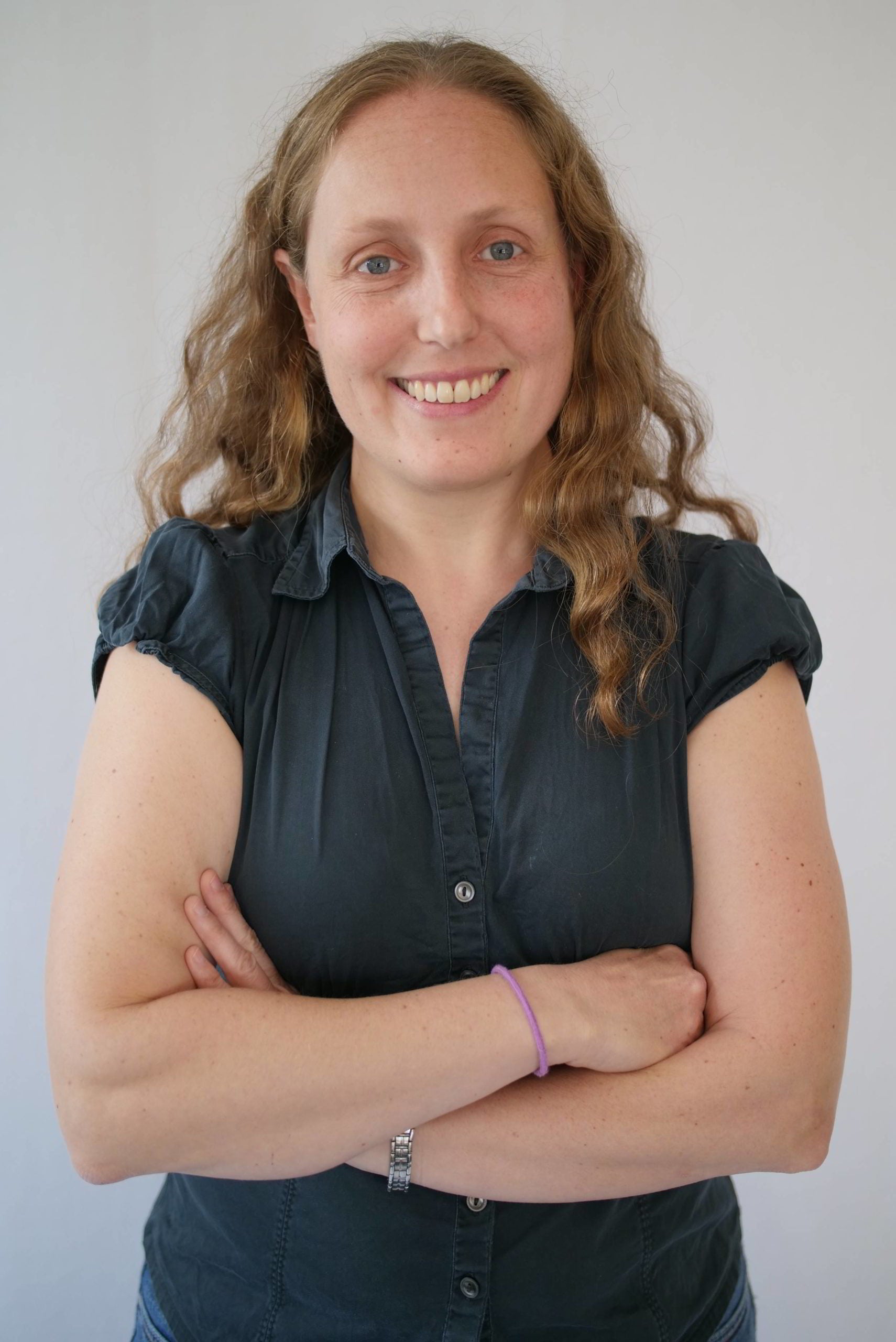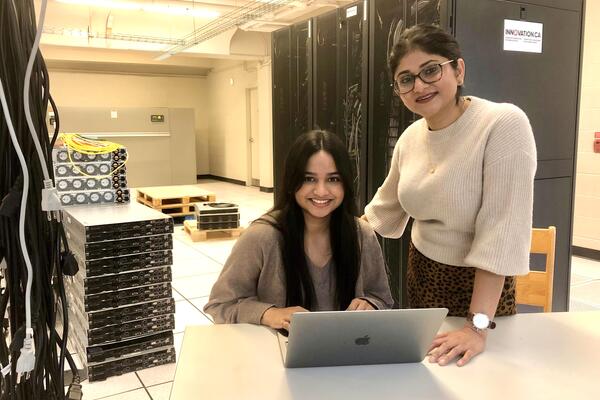
Bringing renewable energy to Nunavut
Alumnus works to move northern communities off diesel fuel

Alumnus works to move northern communities off diesel fuel
By Carol Truemner Faculty of EngineeringMartha Lenio’s eclectic career has included working as a photovoltaic process engineer, an entrepreneur, a fake astronaut (and a potential real one) and her current role as an Arctic renewable energy specialist.
The 2004 Waterloo mechanical engineering graduate, who went on to complete a doctorate in photovoltaic engineering at the University of New South Wales in Australia, moved to Nunavut two years ago with World Wildlife Fund (WWF)- Canada after working with the NGO for a year in Toronto.
“It was on my list of places I wanted to live,” she says. “So, when the opportunity came up to work in Iqaluit, I jumped on it.”
Alumnus Martha Lenio moved to Nunavut two years ago with World Wildlife Fund-Canada
Lenio is now focused on moving Nunavut communities off diesel fuel and onto sustainable and less expensive forms of energy, such as wind and solar energy.
“I work on two levels – one is providing policy advice to government about what kind of programs they need to put in place to make renewable energy and energy transition a viable option,” she explains. “The other is working with residents to help them determine what solutions will be best for their communities.”
Launching local training programs
Lenio loves the small-town atmosphere of Iqaluit, where she is a member of the local utility board and co-founder of a society to bring green energy training programs to help people living there become solar installers and home energy auditors.
The team commander of the NASA-funded Hawaii Space Exploration Analog and Simulation mission in 2014, Lenio was one of 23 women shortlisted three years later by the Canadian Space Agency for its astronaut program.
While her current working environment seems light years away from one in space, it does have at least one similarity.
“Getting dressed to go outside here in the winter is kind of like putting on a full spacesuit,” she laughs.
Article originally published in the October 2020 issue of WEAL

Waterloo researcher Dr. Tizazu Mekonnen stands next to a rheometer, which is used to test the flow properties of hydrogels. (University of Waterloo)
Read more
Plant-based material developed by Waterloo researchers absorbs like commercial plastics used in products like disposable diapers - but breaks down in months, not centuries

Read more
Here are the people and events behind some of this year’s most compelling Waterloo stories

Engineering master's student Nayeema Nonta (left), one of the three paper authors, and her supervisor, Dr. Sirisha Rambhatla, in a large server room with the computer power needed to develop their new LLM training technique. (University of Waterloo)
Read more
Waterloo researchers develop highly efficient AI training system that paves the way for cheaper, greener “intelligent partners”
The University of Waterloo acknowledges that much of our work takes place on the traditional territory of the Neutral, Anishinaabeg, and Haudenosaunee peoples. Our main campus is situated on the Haldimand Tract, the land granted to the Six Nations that includes six miles on each side of the Grand River. Our active work toward reconciliation takes place across our campuses through research, learning, teaching, and community building, and is co-ordinated within the Office of Indigenous Relations.